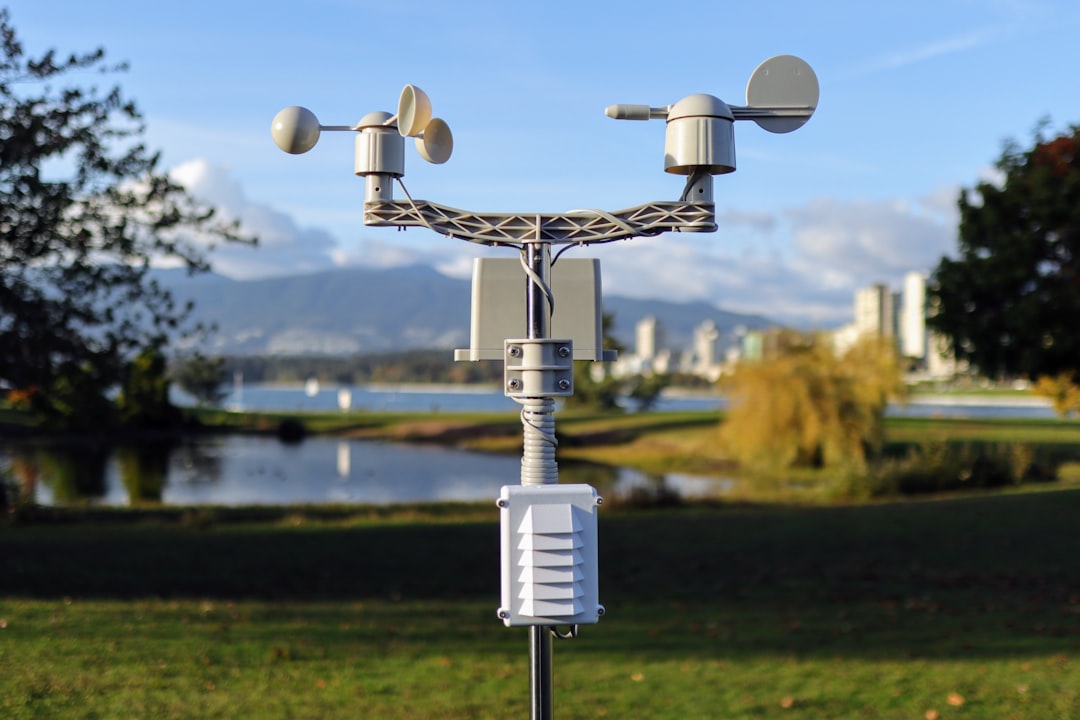What is it about?
Ion channels are membrane proteins, allowing selective passage of ions across the membrane. Among various channel types for different ion selectivity, the potassium channel bears the difficult task of the predominant passage of large-sized K+ (K+ radius: 1.3 Å) over small-sized Na+ (1.0 Å). We resolved the underlying molecular mechanism of the potassium channel’s selectivity using experimental and simulation methods.
Featured Image

Photo by Alexander Hipp on Unsplash
Why is it important?
A candidate mechanism for the passage of large-sized K+ through potassium channels neglecting small-sized Na+ has been proposed on the basis of the crystallography, where the channel structure and ions are frozen. In reality, the ion selectivity occurs under rapidly permeating ions as fast as 108/sec. Our goal is to elucidate the contrasting passage of fast K+ and slow Na+ through a potassium channel using experimental and computational approaches. Two significant findings are the followings: a) Na+ passes the potassium channel substantially (one-eightieth of K+) and b) smaller Na+ are frequently trapped at the dipped pore surface, leading to slow elution, while larger K+ ignores the dips and passes straightaway rapidly. The potassium channel selectivity was defined as the contrast permeation rates relevant to the channel’s physiological function.
Perspectives
Starting from simple questions of ion selectivity mechanism, persistent efforts in experiments and simulations among collaborators have been continued for more than ten years, during which critical findings have been accumulated. We are pleased to detect the single-channel Na+ current through the potassium channel for the first time using our original measurement system. Also, the finding of the aberrant Na+ trajectory imparted our eyes to have a viewpoint, looking at the pore surface from the inside. Various ideas were crystallized dramatically into the dynamic selectivity mechanism in the late period of the incubation time. In the final stage of the manuscript writing, I felt liberated from the frozen world.
Shigetoshi Oiki
University of Fukui
Read the Original
This page is a summary of: Conductance selectivity of Na
+
across the K
+
channel via Na
+
trapped in a tortuous trajectory, Proceedings of the National Academy of Sciences, March 2021, Proceedings of the National Academy of Sciences,
DOI: 10.1073/pnas.2017168118.
You can read the full text:
Resources
New study challenges 'established' mechanism about selectivity of cellular ion channels
The study demonstrates the passage of sodium ions through a potassium ion channel, indicating that they are not as selective as previously thought.
Queueing arrival and release mechanism for K+ permeation through a potassium channel
A related paper.
Digitalized K+ Occupancy in the Nanocavity Holds and Releases Queues of K+ in a Channel
A related paper in JACS.
Contributors
The following have contributed to this page










